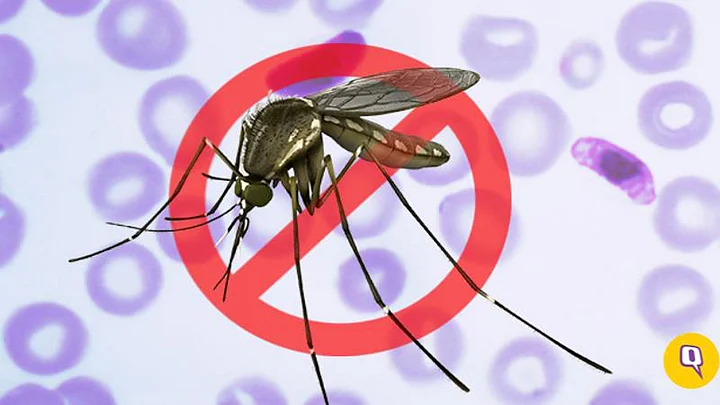With the monsoon approaching, people in Delhi have another health worry – malaria. 113 cases of the mosquito-borne disease have already been reported in the national capital.
As dengue and chikungunya continue to grip the city, malaria has made a dangerous comeback.
Of the 113 people affected by malaria this year, 62 belonged to Delhi, while 51 of the cases diagnosed here were traced to other states. This is higher than the number of malaria cases recorded during the same period in previous years.
According to the data, 39 Delhi residents had malaria during the same period last year, 19 in 2015, and 29 in 2014.
In Delhi, at least 40 malaria cases have been recorded in June with 23 cases in a single week ending 24 June, while 17 were reported last month, according to the report by the South Delhi Municipal Corporation (SDMC).
The number of dengue cases have inched close to 100. According to a municipal report released on Tuesday, the number of chikungunya cases recorded in the city stood at nearly 150 till 24 June.
Dengue and chikungunya are caused by the bite of aedes agypti mosquito, which breeds in clear water, while anopheles mosquito, which causes malaria, can breed in both fresh and muddy water.
Of the 149 cases of chikungunya, 11 have been recorded this month, even as authorities gear up to combat its possible outbreak.
Ninety seven cases of dengue have also been reported this season.
What Are The Authorities Doing?
The authorities have now stepped up the precautionary measures but this should have started much earlier and not when the situation has worsened. In April, The Quint reported how the numbers are rising at an alarming rate and how pre-emptive measures can go a long way in controlling the situation.
The SDMC has launched a pilot project whereby about 200 dengue breeding checkers (DBCs) in select vulnerable regions have been armed with tablets to record data during inspection of households and feed it to central control room in real time.
All three municipal corporations have stepped up the awareness drive, including through distribution of pamphlets and plying of vehicles carrying loudspeakers, issuing dos and don’ts on prevention of vector-borne diseases.
The Delhi government on 23 June had issued instructions to state-run and private hospitals and nursing homes to increase their bed capacity by up to 20 percent for the next six months to deal with the possible outbreak of dengue and chikungunya.
The government has banned over-the-counter sale of nonsteroidal anti-inflammatory drugs such as aspirin and brufen as their use may “pose a threat” to dengue and chikungunya patients.
Though the season of vector-borne diseases had ended in December, the city continues to report such cases, prompting authorities to prepare a roadmap for the combat plan.
Six cases of dengue were reported in January, four in February, 11 in March and as many in April.
On 13 May, Chief Minister Arvind Kejriwal had chaired a high-level meeting of officers from the three municipal corporations and the Delhi government to discuss plans to eliminate vector-borne diseases in the national capital.
But the rise in cases seems to have been steady.
At least 15 fatalities were reported last year at various hospitals in the city due to complications triggered by chikungunya though the civic bodies have kept the death tally at zero.
At least 21 deaths due to dengue were reported last year at various hospitals, including nine at AIIMS, though the official tally of the SDMC stood at 10.
Seventeen suspected deaths in 2016 due to malaria were also reported by the civic bodies.
In one of the worst outbreaks, a total of 12,221 chikungunya cases were reported in Delhi till 24 December 2016, out of which 9,749 were confirmed.
The season for the vector-borne diseases begins from mid-July and generally lasts till November-end.

